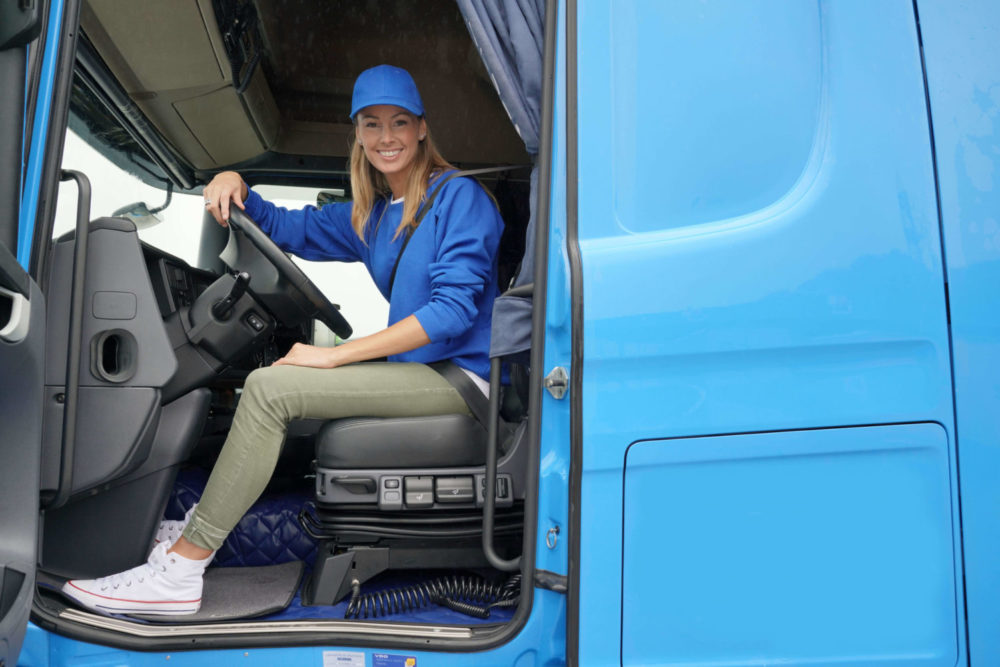The shortage of truck drivers has become one of the most prominent challenges for the trucking industry. According to the latest report from the American Trucking Association, currently, the industry is short by 60,000 truckers, which is a nearly 20 percent increase from last year.
The association has warned that if this shortage continues, it may increase to 160,000 by 2028. To meet the rising demand for truck drivers, the niche acknowledges the requirement to hire more truck drivers. Currently, the industry has only 47 percent women drivers.
Women’s Career in Trucking
As mentioned above, women make up only 47 percent of the workforce. Among the 47 percent, 23 percent are in management roles.
While it was previously unusual for women to drive trucks, the landscape has changed considerably. More women drivers are taking up previously male-dominated roles, including senior management, logistics, sales, and driving. Fortunately, the industry welcomes and encourages women to join the trucking industry.
Improving Gender Ratio
In 2016, the National Transportation Institute partnered with the Women in Trucking Association to form the WIT index. The merger aimed to improve the strength of women in driving and management teams across the country.
In 2018, the WIT index showed some marginal increases in the percentage of female drivers (from 7.1 to 7.8 percent in 2017). However, the reporting data of the companies which make a quarter of carriers showed a 28.7 percent increase in women drivers in the industry. In addition to this, many fleet companies showed more than a 19 percent increase in female drivers in 2018.
WIT considered it a healthy trend that indicates more fleets and companies are serious about promoting gender diversity or division. It can help pave the way for more initiatives to improve the gender ratio.
Opportunities and Challenges for Females in Trucking
The trucking industry poses both hurdles and opportunities for women entering a typically male-dominated field. The hurdles come from the regulatory environment and industry itself.
For instance, the truck cabs are usually for larger-sized men. Female drivers who are smaller and shorter may have difficulty adjusting the seat in a comfortable position and reaching the controls.
Safety is another major concern for female drivers. However, the development of cellphone claim apps has played a significant role in improving safety for both male and female drivers. Plus, GPS location technology has enabled drivers to locate licensed repair shops using their smartphones, devices, or tablets if they need help or roadside assistance.
Summing Up
All in all, many fleets and trucking companies are looking to increase gender diversity in the transportation industry. This has encouraged many women to enter the trucking industry and prove that they can fulfill duties efficiently to offer reliable service.
Sources


